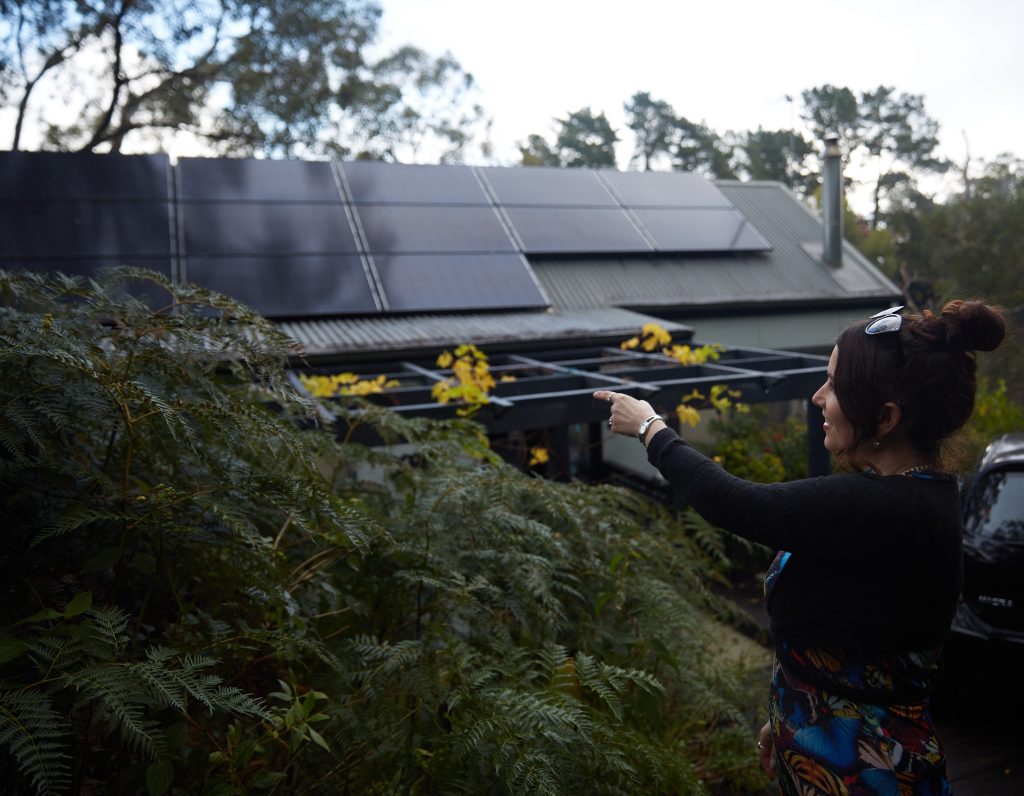Chief Investigators
A/Prof Anke Leroux, Dr Gordon Leslie and Prof Michael Ward (Monash University)
Purpose of project
Australia’s boom in rooftop solar is creating value opportunities for households to shift electricity consumption to the increasingly low-cost daytime. Mobilising households to undertake within-day energy use shifting is crucial for maximising the environmental benefits and economic value from renewable energy investment in Australia.
This project involved the design, implementation and evaluation of the Load-shifting Challenge, a randomised controlled trial (RCT) specifically designed to test the impact of different incentive schemes on household load shifting, energy procurement costs and net program costs. The incentive schemes differed across three dimensions:
- incentives to move consumption into daylight hours (solar sponge incentives) versus incentives to move away from non-daylight hours (peak shave incentives),
- financial subsidies and rebates per kWh shifted versus a non-monetary incentive scheme where households earn status points per kWh shifted, and
- incentives that target routine (every day) actions versus those that target ad hoc actions.
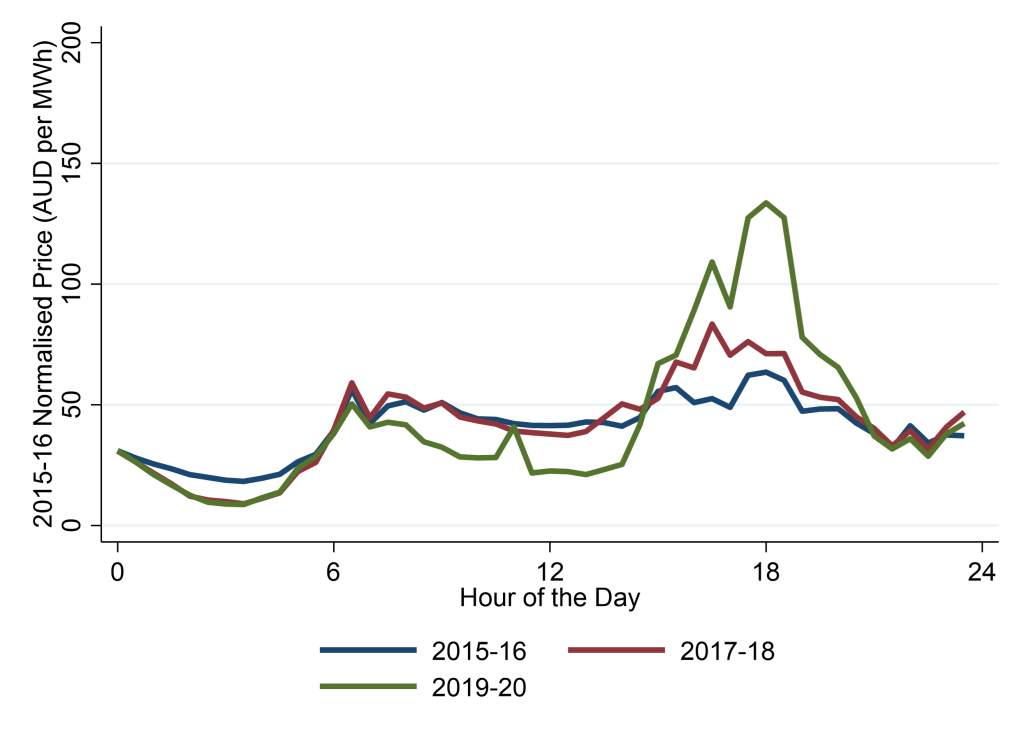
Figure 1: Average Victorian wholesale electricity price by half-hour of day have been getting significantly lower in the middle of the day, and higher in the early evening (Average prices normalised by hour 0, 2015-16)
Impact of project
Simple and small incentives were able to change aggregate consumption profiles among the 6000+ trial participants, whether being offered every day or on an ad hoc basis. The observed responses to routine incentives suggest that, while not flexible with respect to real-time conditions, time-of-use-style tariffs can change load shapes and lower the average cost of supplying households. In contrast, more flexible tariff designs can do so by confining incentives to ad hoc events when changing load profiles are forecast to be particularly valuable on specific days.
Non-solar households were more sensitive to incentive design than solar households changing their electricity use patterns in response to some, but not all, program designs. Solar households, in contrast, responded to all programs. For example, solar households shaved their electricity use during the evening peak, whether paid or not-paid to do so (by around 9%, on average). Non-solar households, however, only responded to programs that subsidised energy use in the middle of the day (solar sponge incentives), using more energy in the daytime and less energy in the evening (see figure 2).
The results showed that, under certain wholesale price conditions, these programs could generate financial benefit for both households and retailers.
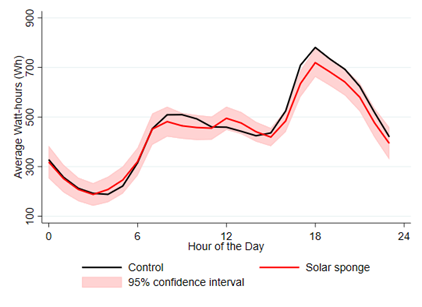
Figure 2: Average treatment effects for routine, solar sponge, 5 c/kWh incentives: Non-solar users; details for figure are described in Sections 7 and 8 of the full report. Participants incentivised to use more energy during the daytime did use more in the day, but also used less energy in the evening even though they were not directly incentivised to do so.
Findings
Strong evidence was seen from doing this trial that many households were in a position to vary the time they used at least some of their large electric appliances. What level and type of encouragement was needed to get different households to make these changes was identified and that in many circumstances the monetary value of making these changes was shown to be sufficient to cover the cost of the incentives used.
Moving forward, findings from this research will be used in Energy Upgrades for Australian Homes, a large new program of work being undertaken by RACE for 2030 together with communities across Australia, industry partners and key Australian research institutions. Similarly, other future projects will build on this research.
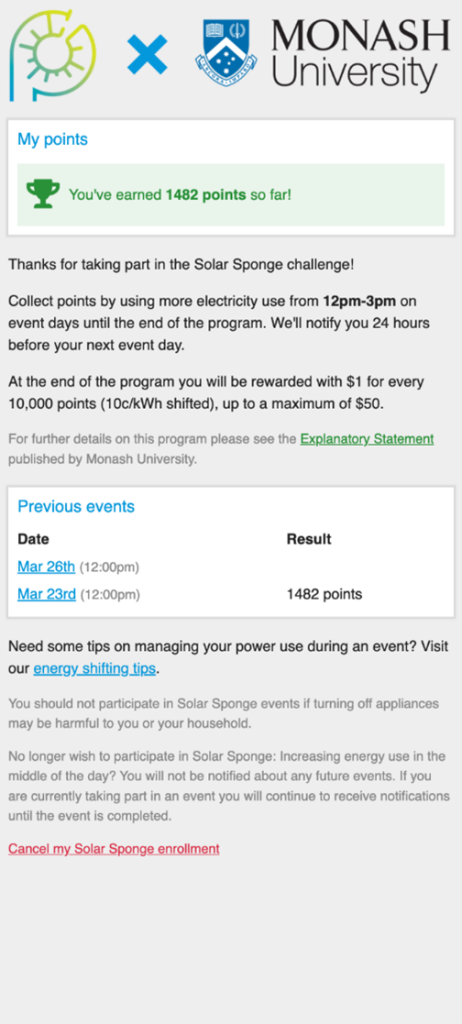
Figure 3: Example of a program home screen: Participants could keep track of their progress throughout the program via a smart phone app.
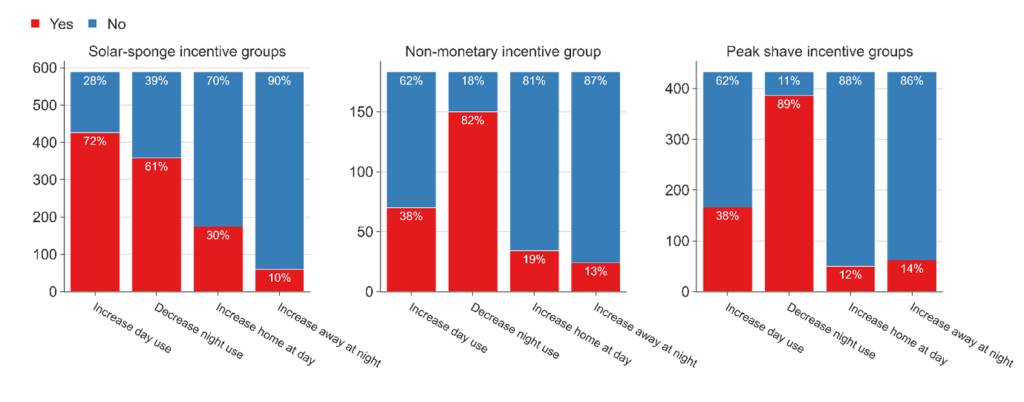
Figure 3: Example of a program home screen: Participants could keep track of their progress throughout the program via a smart phone app.
Project partners – industry and research
Monash University (Lead), PowerPal Pty Ltd
Published Report
Status
- Completed
Project Leaders
- Anke Leroux, Gordon Leslie, Michael Ward (Monash University)
Completion Date
September 2023
Project Code
0239





